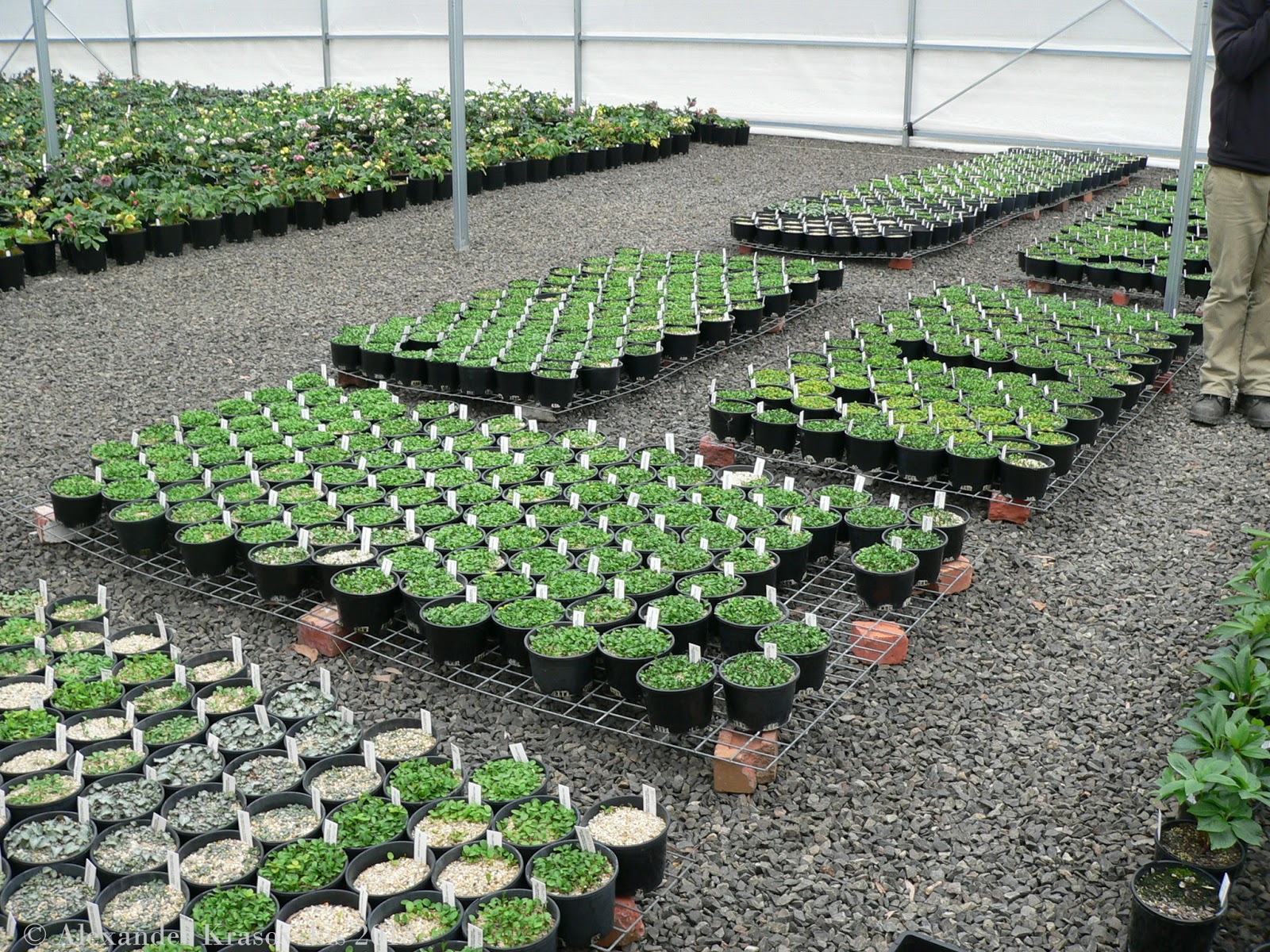Links
Post Office Farm Nursery
http://www.postofficefarmnursery.com.au/
Winter Elegance range of hellebores
http://www.helleborus.com.au/series.html
Peter Leigh (owner and manager of Post Office Farm) giving a talk about hybridizing. He gives tours on Sundays and provides lots of information about growing and caring for these sensitive plants. Notice the black coloured Hellebores at his feet.
So many plants. I think these ones were about 12 months old.
More advanced plants. The price is significantly higher for a more established plant such as these.
Below are the pots which contain sown seed from the hybrid plants. They looked to be growing in a very rocky growing medium. From here they are pricked out by hand and transplanted into tubes.
The plants pictured below are Peter Leigh's collection of Hellebore sp. plants he has grown from seed sent from overseas. Some are used to create hybrids for sale. Others are just collection plants.
This is where the magic happens. It is the shade house where the stock plants are hand pollinated to create hybrid seed which grow into the plants they sell. What you see below is only an eighth of the total amount of stock plants that were in this area.
These last shots are of several of the flowers on the stock plants. I could have photographed all day as there were so many plants.























